Contact us
Call us at
Available 6:00 AM – 5:00 PM (PST) Business Days
Download
Download Manuals, Datasheets, Software and more:
Feedback
Test Solar Systems from Cell to Full Arrays
In many ways, solar cells operate similar to the way plants use photosynthesis to convert solar energy. While plants need millions of years of evolution to improve their efficiency, engineers have taken huge strides in solar cell efficiency in the last decades. Whether you’re working on the quantum limitations of efficiency in solar cell materials, or utilizing next-gen materials for improved inverters, Tektronix provides solutions to accelerate your work.
Tektronix Enables a New Generation of Innovators
Tektronix works with engineers around the world, like the Innoptus Solar Team, to push the limits of solar power. Renewable energy is vital for the future of our planet, and Tektronix is here to help engineers accelerate their progress through testing, simulation, characterization, and more.
Techniques for Solar Systems
Test Residential Inverters
One of the most crucial components of a solar power system is the solar inverter. Solar inverters generate AC power from the DC energy output by solar arrays. A single channel DC/AC inverter may connect to multiple solar panels, all connected in parallel. The output of this solar array may range from 100 to 600 VDC. Inverters designed for residential applications take this DC input and typically produce 3 – 12 kW of single-phase, two-phase, or three-phase AC power connected to the power grid.
These inverters use a technique called maximum power point tracking, or MPPT, to extract the maximum power from the solar arrays. To test these inverters, autoranging power supplies like the EA 10000 Series are used to simulate the solar array. These supplies are able to simulate a range of irradiances for simulating an array throughout the day, while their autoranging capability allows a lower wattage power supply to achieve the voltages and currents requires for simulation without purchasing unusable watts.
By programming DC electronic loads like the EA ELR 10000 Series in different current or resistance profiles, these measurements can easily be obtained. These Electronic loads are ideal for fuel cell testing with input power up to 30kW, that can be expanded in a system up to 3.84MW. A built-in arbitrary waveform generator allows dynamic testing, while the regenerative capabilities capture up to 96% of the energy from the fuel cells that would otherwise be lost as heat.
Simulate Large Solar Arrays
Commercial solar or photovoltaic (PV) inverters typically operate in the range of 30-1MW, with a solar array DC input voltage of up to 1500 VDC and produce three-phase AC power. At these power levels, it's not practical to use a single PV array input. Instead, commercial PV inverters have multiple maximum power point tracking (MPPT) inputs that are summed at the DC/DC level before feeding into the DC/AC Inverter.
To test this type of inverter, you would use several autoranging power supplies, one for each input. Thanks to the EA 10000 Series power supplies abilities to parallel up to 64 units while simulating photovoltaic cells, this parallel need is addressed. In addition, you can program each DC supply independently to simulate different irradiance profiles. For instance, on one inverter input, you can simulate a PV array in full sun, while on another input, you can simulate a PV panel that is partially or completely shaded.
.jpg?h=338&iar=0&w=600)
The 4200A-SCS' Clarius software simplifies solar cell characterization.
Learn More:
Solar Cell Characterization Basics Efficiency Testing Made Simple
Characterize Cells
Physically, a solar cell is nothing more than a specialized p-n junction that makes use of the internal photoelectric effect present in all semiconductors. A major focus for solar cell researchers is improving cell efficiency and maximizing energy extraction that happens from this process. This requires precise Current-Voltage (I-V) measurements of both new materials and completed cells. Keithley Source Measure Units like the Graphical 2400 Series and the 2600B Series are key tools for researchers thanks to 4-quadrant source/sink capability and their precision measurement. For more advanced labs, the 4200A-SCS Parameter Analyzer is looked to for it’s additional capacitance-voltage (C-V) and pulsed capabilities, as well as its built-in library including tests and sample results for solar cell I-V, C-V, C-f, DLCP, pulsed I-V, and resistivity tests.




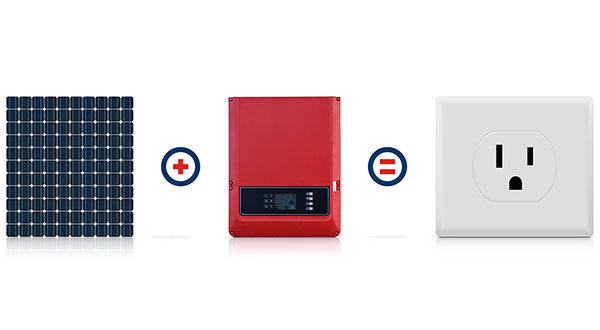
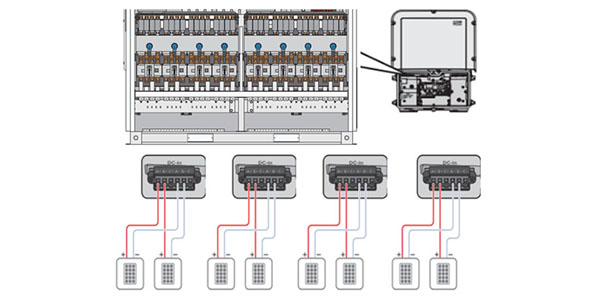
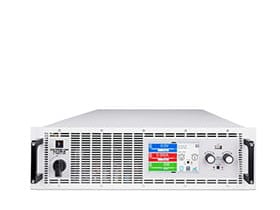
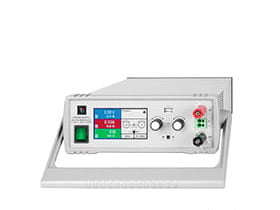
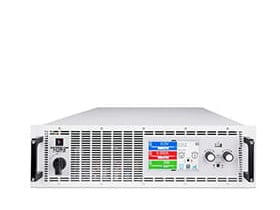

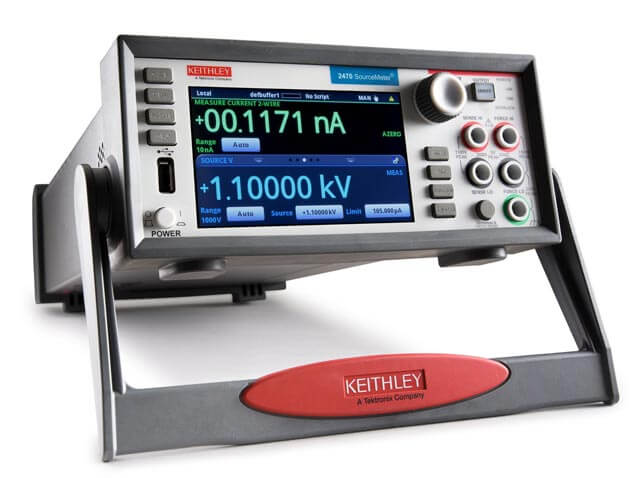
.jpg?h=375&iar=0&w=500)